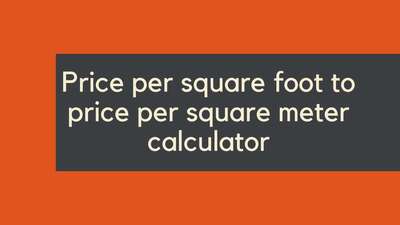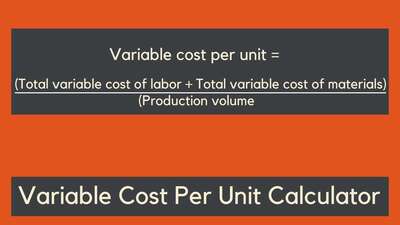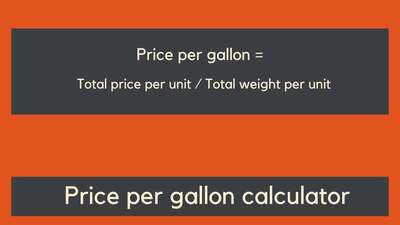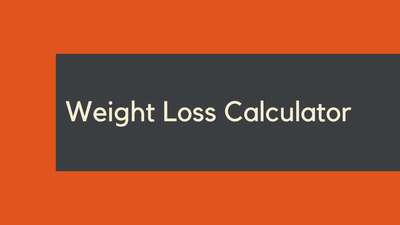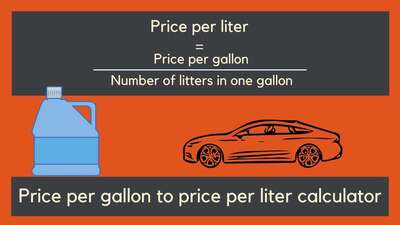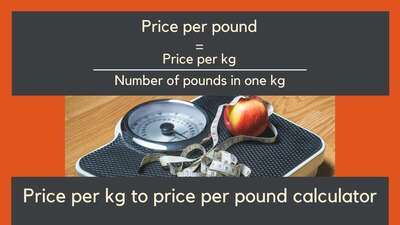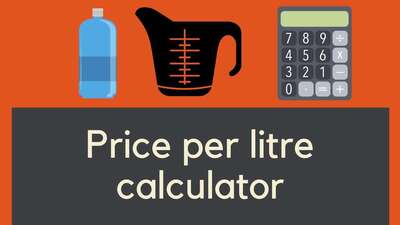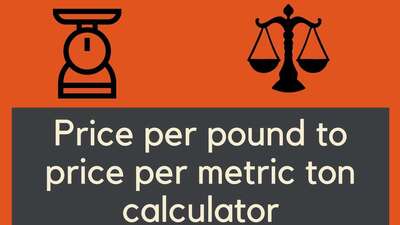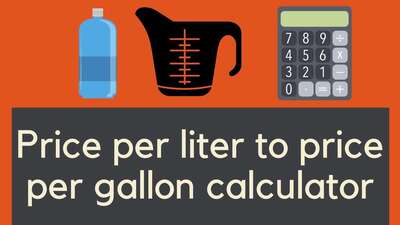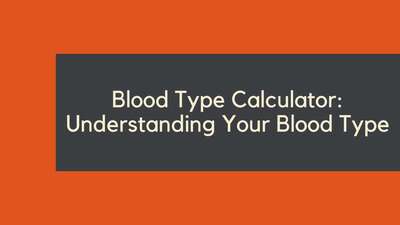VBAC Calculator: Everything You Need to Know

- Definition of VBAC Calculator
- The Formula Behind the VBAC Calculator
- Examples of VBAC Calculator Results
- Example 1:
- Example 2:
- Explanation of VBAC Calculator Results
- Question and Answer FAQ
- Q: What factors does the VBAC calculator take into account?
- Q: Is the VBAC calculator a guarantee of a successful VBAC?
- Q: What should I do if my VBAC calculator results indicate a low chance of success?
- Q: Can I use a VBAC calculator if I've never had a cesarean delivery before?
- Conclusion
If you're planning to give birth after a cesarean delivery, you may be wondering if a vaginal birth after cesarean (VBAC) is an option for you. A VBAC calculator can help you determine your chances of having a successful VBAC. In this article, we'll discuss what a VBAC calculator is, how it works, and what you need to know before using one.
Definition of VBAC Calculator
A VBAC calculator is a tool that uses statistical data to estimate the likelihood of having a successful vaginal birth after a previous cesarean delivery. The calculator takes into account factors such as age, BMI, previous vaginal births, and the reason for the previous cesarean delivery.
The calculator is not a guarantee of a successful VBAC, but it can give you an idea of your chances. It's important to discuss your individual situation with your healthcare provider before making any decisions about your birth plan.
The Formula Behind the VBAC Calculator
The VBAC calculator uses a mathematical formula that takes into account several factors to determine the likelihood of a successful VBAC. The formula may vary slightly depending on the calculator you use, but the factors usually considered include:
- Age
- Height and weight (BMI)
- Previous vaginal births
- Reason for previous cesarean delivery
- Length of time since the previous cesarean delivery
The calculator then uses statistical data to estimate the likelihood of a successful VBAC based on these factors.
Examples of VBAC Calculator Results
VBAC calculator results can vary widely depending on the individual factors involved. Here are some examples of how the results might look:
Example 1:
A 30-year-old woman with a BMI of 25 who had a previous vaginal birth and a previous cesarean delivery for breech presentation. Her previous cesarean delivery was 3 years ago. The VBAC calculator estimates her chances of a successful VBAC at around 80-90%.
Example 2:
A 40-year-old woman with a BMI of 35 who has had two previous cesarean deliveries for cephalopelvic disproportion. Her previous cesarean deliveries were 4 and 6 years ago. The VBAC calculator estimates her chances of a successful VBAC at around 30-40%.
Explanation of VBAC Calculator Results
The VBAC calculator results are based on statistical data and are meant to give you an idea of your chances of a successful VBAC. However, there are many individual factors that can affect the outcome of a VBAC, so it's important to discuss your individual situation with your healthcare provider.
If your VBAC calculator results indicate a high chance of success, your healthcare provider may be more supportive of your decision to attempt a VBAC. If your results indicate a lower chance of success, your healthcare provider may recommend a repeat cesarean delivery.
Question and Answer FAQ
Q: What factors does the VBAC calculator take into account?
The VBAC calculator takes into account factors such as age, BMI, previous vaginal births, reason for previous cesarean delivery, and length of time since the previous cesarean delivery.
Q: Is the VBAC calculator a guarantee of a successful VBAC?
A: No, the VBAC calculator is not a guarantee of a successful VBAC. It's important to discuss your individual situation with your healthcare provider before making any decisions about your birth plan.
Q: What should I do if my VBAC calculator results indicate a low chance of success?
A: If your VBAC calculator results indicate a low chance of success, it's important to discuss your individual situation with your healthcare provider. They may recommend a repeat cesarean delivery, or they may be able to offer support and resources to increase your chances of a successful VBAC.
Q: Can I use a VBAC calculator if I've never had a cesarean delivery before?
A: No, the VBAC calculator is specifically designed for women who have had a previous cesarean delivery. If you've never had a cesarean delivery before, the calculator won't be useful for you.
Conclusion
A VBAC calculator can be a useful tool for women who have had a previous cesarean delivery and are considering a VBAC. The calculator uses statistical data to estimate the likelihood of a successful VBAC based on individual factors such as age, BMI, and previous vaginal births. However, it's important to remember that the calculator is not a guarantee of a successful VBAC, and individual factors can greatly affect the outcome of a VBAC. It's important to discuss your individual situation with your healthcare provider before making any decisions about your birth plan.





![Car Loan Calculator: Definition, Formula, Examples, and FAQs [2023 Guide]](/images/page/400/car-loan-calculator-13.jpg)
